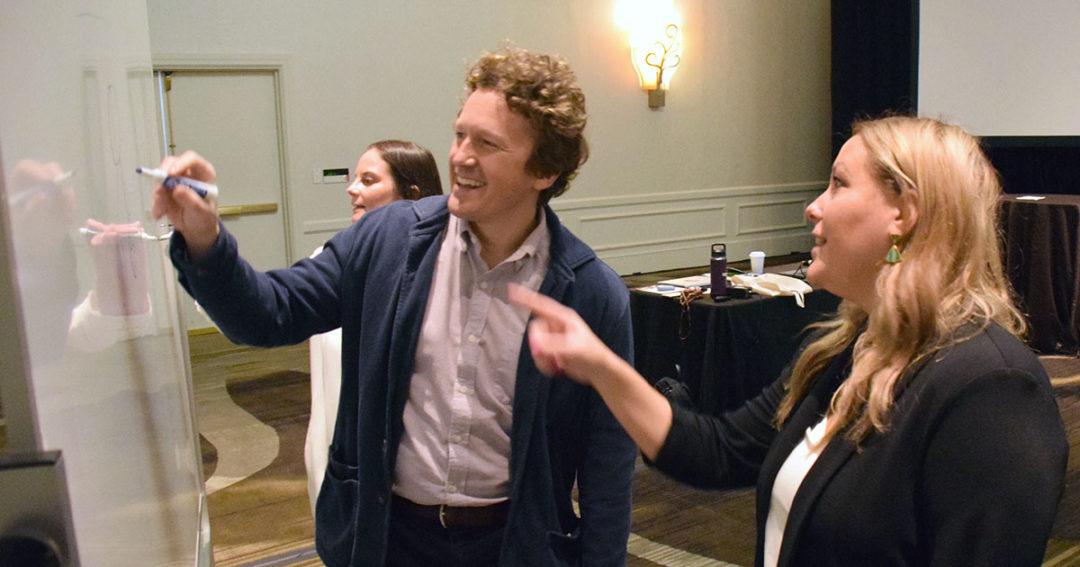
Put personas into action: 8 steps
‘Personas drive engagement through relevance, resonance, and relatability.’
Personalized marketing leads to increased email open rates (28%), click-through rates (14%), conversions (10%), and direct mail response (135%) than nonpersonalized offers.
The best way to achieve personalization is through machine learning-driven personas that match consumers with the right product and content at the right time, according to Andy Rossmeissl, CEO and co-founder at Faraday; Hilary Reed, CEO at EmpowerFi; and Kelly Hellickson, president/chief experience officer at EmpowerFi.
They addressed the 2023 CUNA Marketing & Business Development Council Conference Sunday in Orlando.
“Personas drive engagement through relevance, resonance, and relatability,” Hellickson says.
They also allow “hypertargeting to become a big part of your omnichannel strategy,” Reed says.
Understanding personas and how they align with pain points and priorities allows marketers to customize outreach at scale, says Rossmeissl, who warns that the effort “takes some serious time. Make sure you have conviction behind the whole exercise.”
He outlines eight ways to put personas into action:
- Identify your credit union’s personas. Understand each persona’s demographic, psychographic, financial, and behavioral idiosyncrasies, and identify which products and services align best. Decide what tone, language, imagery, and calls to action will resonate with each.
“People have intuitive ideas about what these personas are—and they’re probably wrong,” Rossmeissl says. “Some of the biggest failures involve internal disputes. People have their own ideas of what the brand is, and they get defensive.”
- Pick one channel for experimentation. Good options for a first try include membership emails, digital ads, and direct mail.
“Starting small will prove to your colleagues that there’s value in doing this,” he says.
- Calculate project costs. While personalization is powerful and straightforward, it’s not free. Costs include software and data used to determine personas, staff time, and content, as well as the added complexity to launch campaigns.
- Set project goals. Before launch, select key performance indicators (KPI) based on the channel, determine the revenue needed to cover costs, and decide on a timeline.
- Build landing pages for each persona that include the primary offer, imagery, tone of copy, call-to-action channel (i.e., call or text), and the use of cookies.
- Produce content. Start with generic campaign content to create basic messages for each persona.
- Use a rigorous A/B test methodology. For the first campaign, half of candidates should get a generic message pointed to a generic landing page, while the other half receives personalized material to a personalized landing page.
- Review results and determine return on investment. Did personalization costs line up with expectations? Did you cover your costs and hit your target? What’s the team sentiment?
“You should double the lift from the generic message,” he says.